WHAT IS CIT® HAIR TRANSPLANT?
What Is CIT® Hair Transplant? Cole Isolation Technique (CIT®) is Dr. John Cole’s namesake innovation. A vast improvement over Follicular Unit Extraction (FUE), CIT® emphasizes minimal invasiveness and accuracy. This decreases the chance of scarring and encourages natural-looking hairlines without a major impact on the FUE hair transplant cost.
FUE itself is a major innovation in hair transplantation industry. A technique that, ideally, involves extracting each hair follicle from the back of the head (donor site), FUE is actually the first hair restoration method that minimizes scarring. Before FUE hair transplant procedure, the method involved heavy scarring and long recovery times –Follicular Unit Transplantation (FUT) and Scalp Reduction both fit within this category. Such techniques bring paltry results for men and women. FUT and other older techniques lead to doll-like hair and unnatural appearing hairlines.
ENJOY THE RESULTS YOU DESERVE
Did you know that 40% of our patients request we correct other doctors’ work?
Follicular Unit Extraction (FUE) represents a significant advancement compared to Follicular Unit Transplantation (FUT). However, the success of FUE heavily relies on the surgeon’s expertise. Inexperienced doctors often lead to overharvested donor areas, resulting in scarring, low hair yield, unnatural-looking hairlines, and thinning hair. Many clinics, lacking the proven expertise of Forhair, inadvertently cause these issues. Patients frequently come to us for corrective procedures after facing such outcomes.
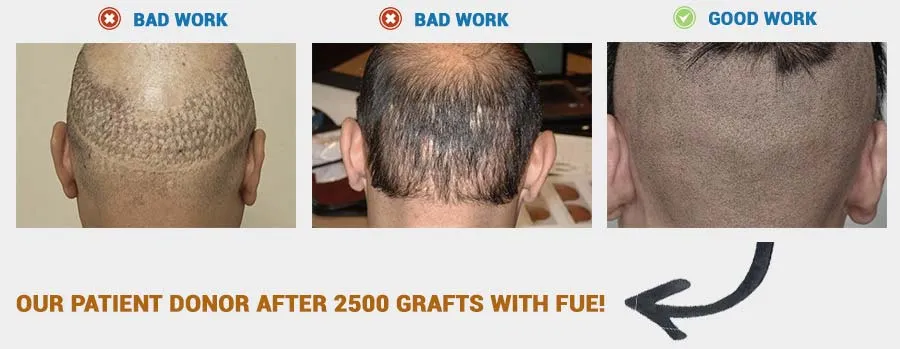
THE EVOLUTION OF REGULAR FUE HAIR TRANSPLANT
FUE lessens scarring and the recovery process time while also enhancing natural looking results. The method is also quite broad. Hair transplantation specialists may extract individual follicles or multiple ones, for instance. Further, FUE results depend on the surgeon’s skill and artistry. Modern hair transplantion specialists first began developing FUE in the late 80s. It did not become feasible until the early 2000s, though, and for a few reasons.
First and foremost, FUE requires years to master. Practitioners must literally extract and transplant thousands of individual follicles. Such procedures require hours upon hours to complete. FUE only became prevalent as surgeons became more proficient and invented specialized techniques and tools. Today, there are numerous ways to practice FUE. Specialists use machines, robots, mechanical extraction tools, and a slew of different techniques that can radically change FUE hair restoration cost. None, though, offer the comprehensive benefits of CIT®.
WHY ADVANCED FUE CIT®?
FUE is outright the better choice for those who do not want noticeable scars. FUE scars are small and round, while FUT scars will always be long and linear. Scarring is less noticeable with FUE because scars are small, if noticeable at all, and scattered throughout the scalp. Scars from FUT is are bigger and localized, making them more noticeable.
- Minimal/No Scarring - CIT® rarely leaves scars and is the only FUE method that leaves stem cells, encouraging scalp recovery.
- Better Density - Graft-per-graft, CIT® has a success rate of 97%+ percent.
- Donor Area Recovery - CIT® is the only hair transplant technique that enables donor areas to potentially regenerate follicles.
- Faster Healing Process - Patients recover from CIT® procedures faster than any other FUE method.
An advanced technique, CIT® requires special training and tools. Dr. Cole personally instructs all his staff in how to properly administer the method. Proper training is essential. CIT® offers superior results but also emphasizes specialist skillsets and experience. Both are necessary to ensure a convincing hairline with uniform hair density.
“At 4 months I started to see an explosion! I am very happy with the results. I definitely recommend Dr. Cole, i don’t recommend anybody else and that’s the truth and the truth speaks for itself…just watch my videos…”

Jude Stritzinger
Codetic

HAIR TRANSPLANT VIDEO RESULTS
The unique strengths of CIT® make it perfect for hair regeneration treatments. These groundbreaking formulas deliver successive boosts of growth factors that generate stem cells. In turn, this hastens growth while improving scalp health and hair density. Forhair continues researching ACell MatriStem®, Platelet Rich Plasma, and other treatments to better improve patients’ results.
ACELL - MATRISTEM®
TECHNOLOGY
ACell MatriStem® treatments promote recovery and density. The advancement has many uses, particularly for surgical post-op. Administered to the scalp, ACell repairs and nourishes hair follicles. Such nutrients increase blood flow and follicular progenitor cells, both essential for reinitiating hair growth and thicker hair.
Forhair’s exclusive ACell techniques specifically help donor areas regenerate hair follicles following surgery and replenishes the donor area supply. With ACell, an average of 30% to 40% of CIT® follicle grafts regenerate, leading to an average 130% to 140% yield -or 300 to 400 new follicles for every 1,000 fue grafts. No other clinic, regardless of their typical FUE hair restoration cost, offers such top-caliber results.
CIT® VS. ARTAS VS. NEOGRAFT
CIT® delivers the best results available today. As Dr. Cole was perfecting CIT®, though, other advancements in FUE became available. Two advancements, in particular, receive a lot of marketing.
- Neograft- A device that automates extraction through air suction
- ARTAS- A robotic system that automates the entire FUE procedure
Each system lacks the unique benefits of CIT® while also having major pitfalls. Look at the table below to better compare these new FUE techniques.
CIT® Vs. ARTAS Vs. Neograft Comparison
Features
- Scarring
- Hairline
- Graft success rate
- No-shave option
- Placement accuracy
- Procedure duration
- Patient viability
- Surgeon experience
- Surgeon activity
- Recovery time
- Minimal growth time
- Cost
- Special considerations
ARTAS
- “Moth eaten” scarring
- Depends on operator
- Generally 90%
- Selective trimming
- Depends on operator
- Four to eight hours
- Dark, straight hair
- ARTAS training
- Depends on the clinic
- Generic
- One year
- $7 to $15 per graft
- Manual hairline
Neograft
- Depends on operator
- Depends on operator
- Depends on operator
- Depends on operator
- Depends on operator
- Depends on operator
- Everyone
- Depends on the clinic
- Depends on the clinic
- Generic
- One year
- $7 to $10 per graft
- Adverse to follicles
CIT® (Cole FUE)
- Minimal
- Unique
- Generally 97%
- Yes, C2G
- Always accurate
- Comparable to FUT
- Everyone
- 20+ years
- Always hands-on
- Generic
- 99% in 4 1/2 months
- Case-by-case
- Donor regeneration
ARTAS and Neograft both heavily market to patients, leading many to assume that these brands offer superior results.
However, both Neograft and ARTAS have their detractions as well. Neograft’s system can be too intense for follicular health while ARTAS leaves visible scars and has a higher transection rate than truly experienced FUE surgeons and technicians.
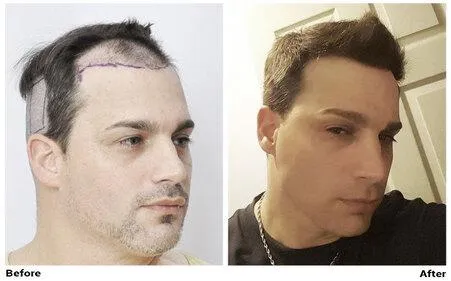
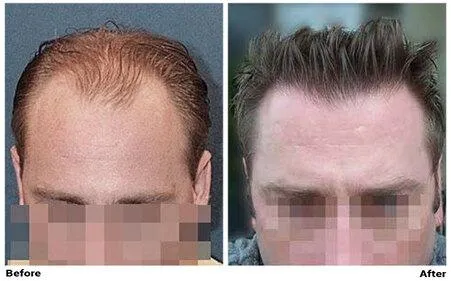

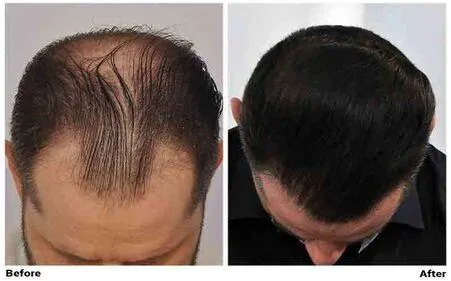
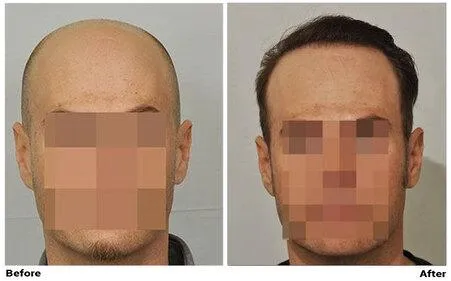
Specialists who use these devices rarely, if ever, develop the skills of an experienced FUE hair transplant surgeon. Neograft is particularly notorious for minimally training its own technicians who then fly to different clinics on an appointment-by-appointment basis. Meanwhile, ARTAS technicians and surgeons must undergo significant training as well as pay a $1 per hair graft royalty, leading to a higher FUE hair transplant cost.
CIT®, on the other hand, emphasizes the surgical team’s experience and skill. Forhair exclusively uses Cole Instruments, the sharpest punches in the world, to ensure quality fue hair grafts each and every time. Emphasis on true minimal invasiveness also offers a unique benefit we already cover: donor regeneration. Forhair, a case by case, proves itself to offer superior artistry and superior methods for truly impressive results.
Reasons to choose CIT®
- CIT® is less invasive
- Does not leave a tell-tale linear scar
- Faster and less painful recovery
- Low transection rate of under 3%
- Natural hairlines and optimal aesthetic results
- Superior FUE hair transplant cost
- Maximal graft survival
- Maximizes donor hair for harvesting
- Allows physicians to “cherry-pick” grafts that will result in an optimal yield
- CIT® transplanted hair is virtually undetectable
- Can be performed even when the scalp is too tight for a strip procedure
- C2G®, or CIT® to Go, is a non-shaven version of CIT® -no need to shave your head!
FUE Questions and Answers
Do FUE hair transplants work?
An FUE hair transplant is considered the gold standard in hair restoration surgery. The transplanted hair from the donor to the recipient area will grow and thrive.
Is an FUE hair transplant painful?
An FUE hair transplant surgery should not be painful during the procedure. However, mild tenderness should be expected after the procedure. Discomfort with subside a long in a few days and can be managed with over the counter pain killers.
Which hair transplant procedure is better – FUT Or FUE?
There is a lot of debate on which of these hair transplant procedures is the better of the two. The often misconception is those that experience aggressive hair loss are better off with an FUT than an FUE and vice versa. However, FUT is a dying procedure. FUE is better than FUT in every regard from degree of hair loss, graft yield, donor management, and recovery. Though it is important to note that FUE is require more skill to perform than FUE.
Are FUE scars visible?
Scarring from a hair transplant surgery is inevitable. There are many outliers to how well the donor area heals. One is your own bodies response, the technique and skillset of the physician, the equipment used during the procedure, if stem cells are used, and post operative recovery.
Is it true that FUE grafts have a poor survival rate?
FUE hair transplants have a 99% success rate. This translates to that just about everyone considering a hair transplant is a candidate for FUE. The survival rate has many variables such as the quality and type of hair, though if instructions are followed, the minimal survival rate is 97% of the grafts.

